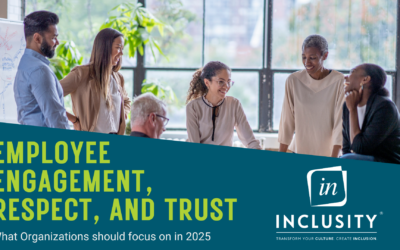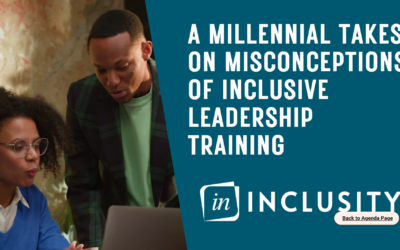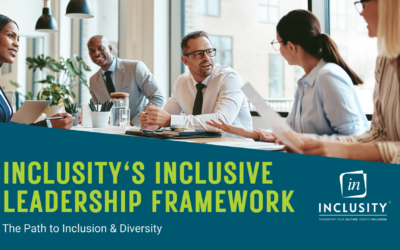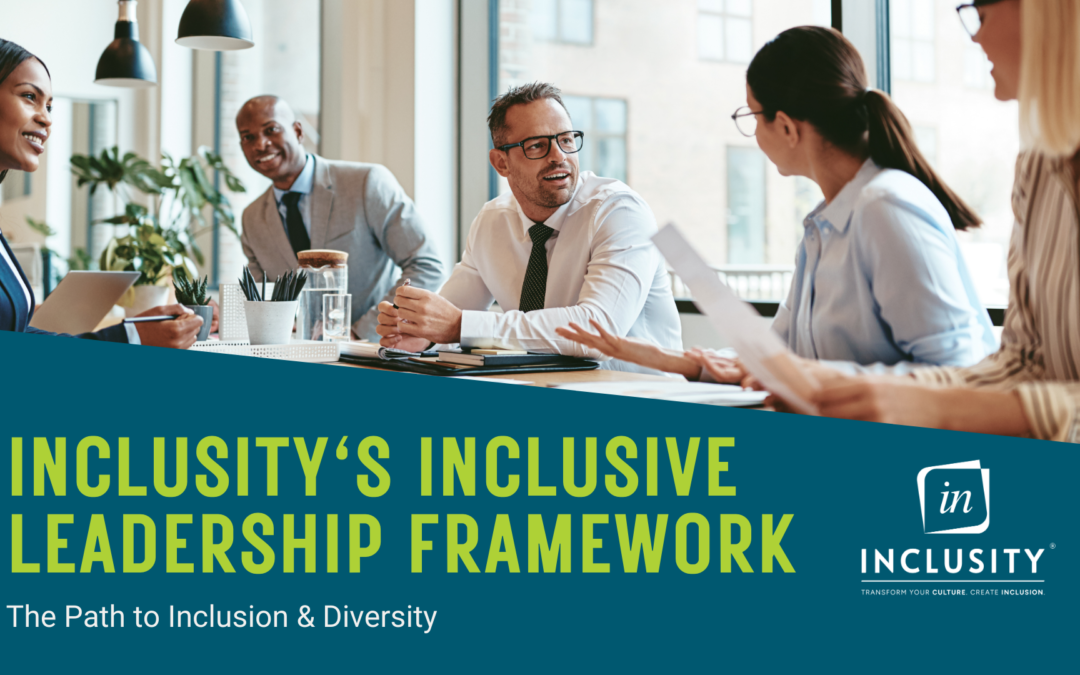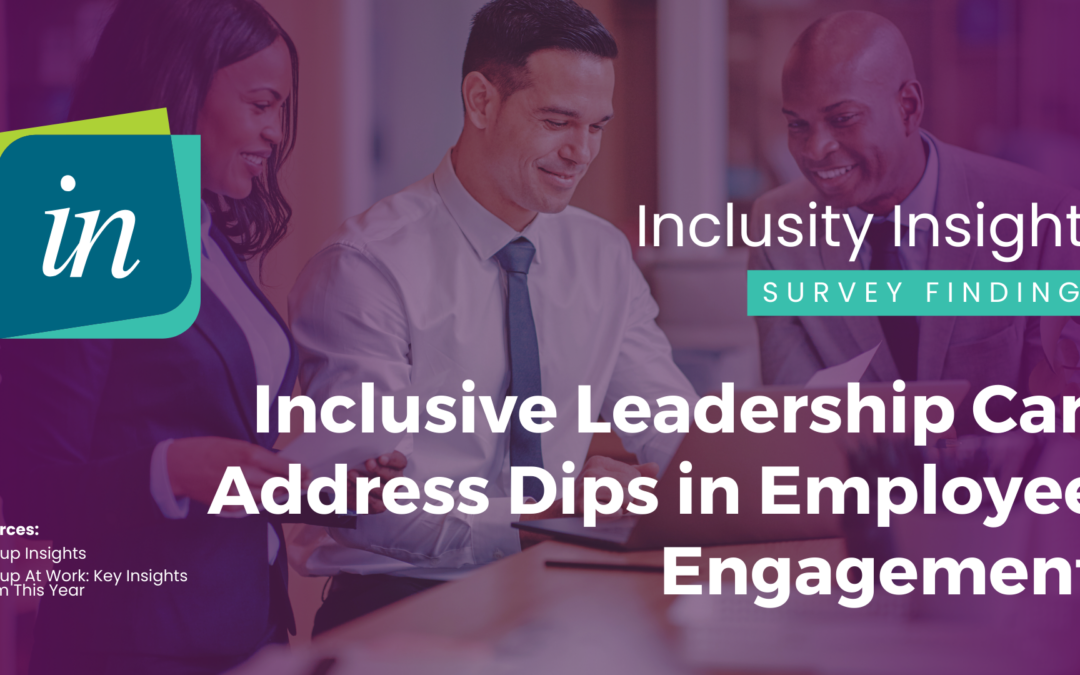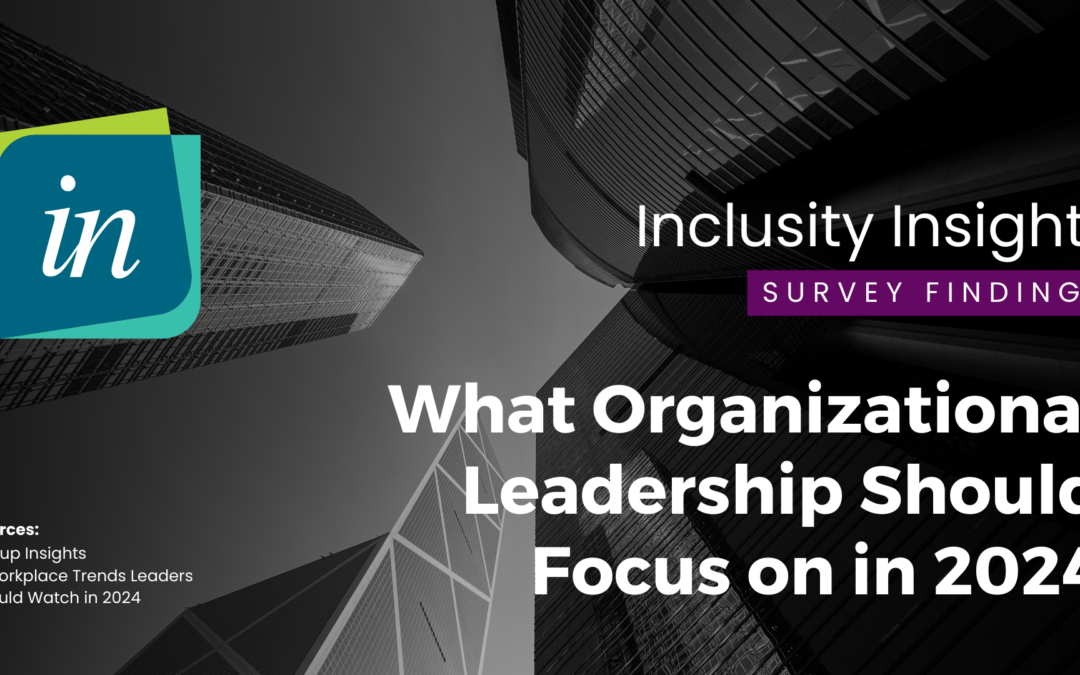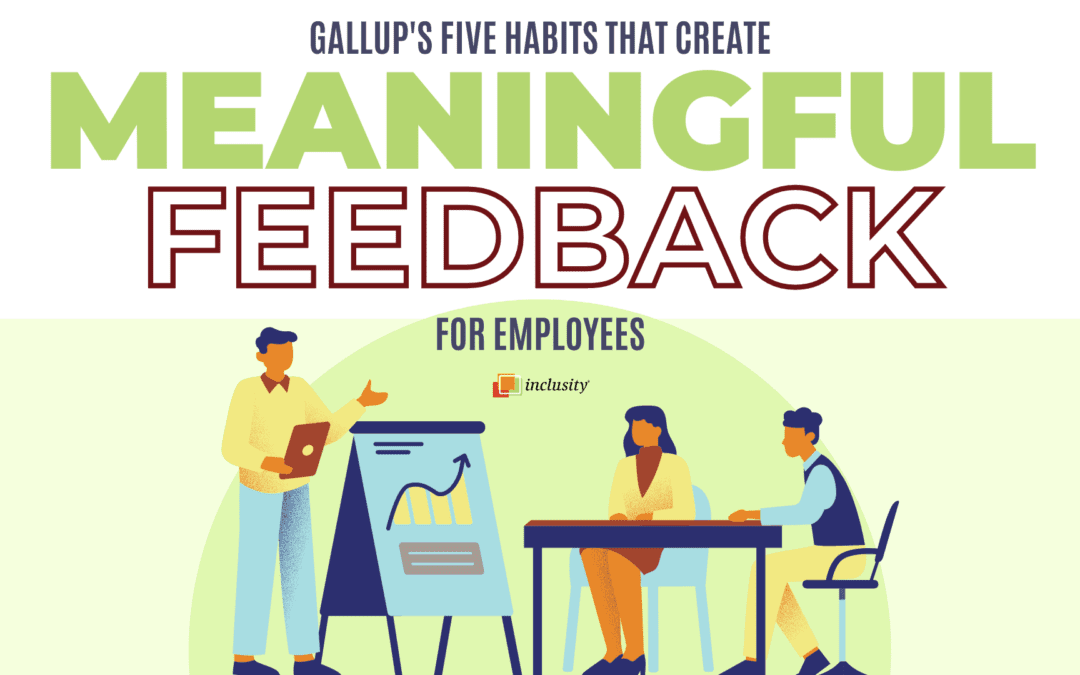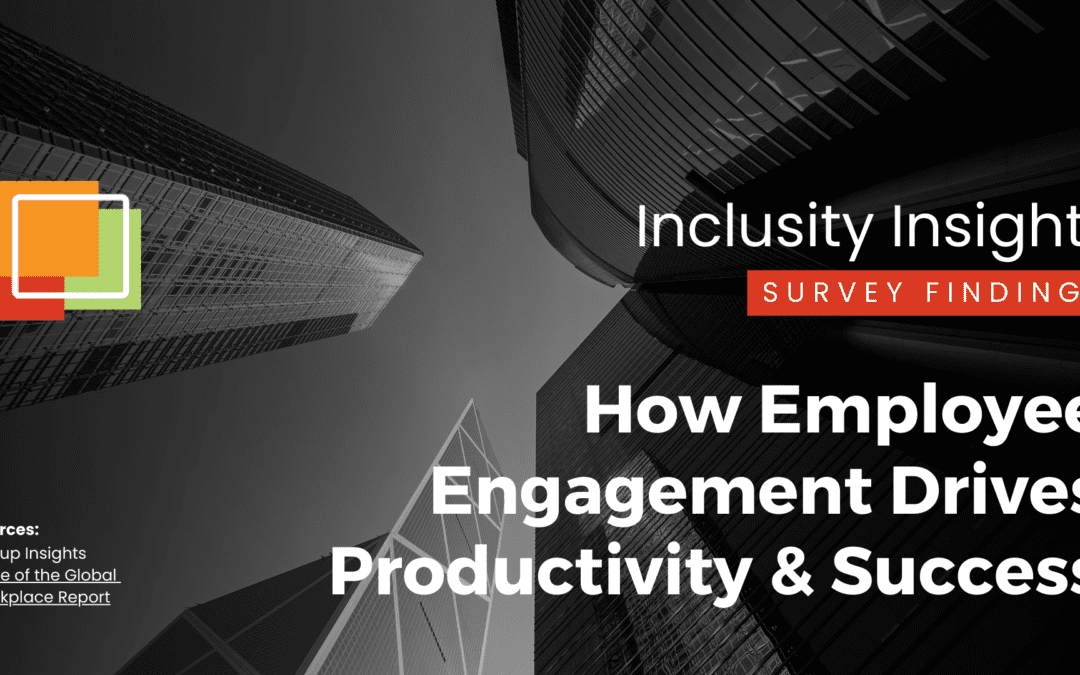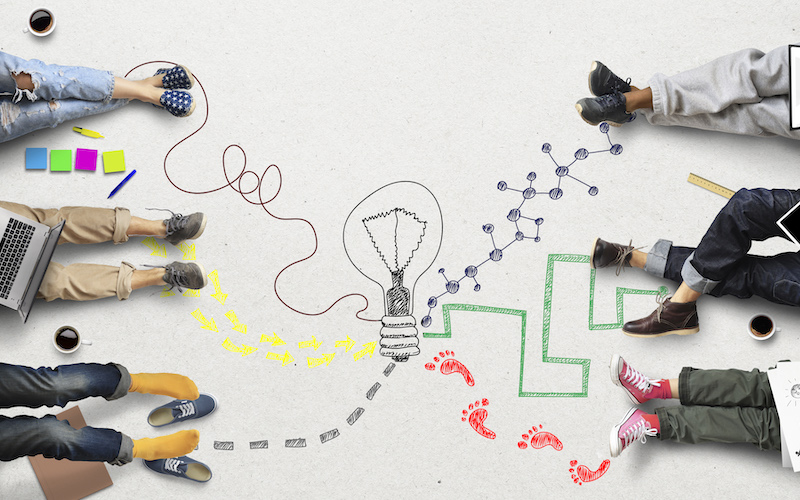What is Intersectionality?
Intersectionality is a term coined by legal scholar Kimberlé Crenshaw to describe how different aspects of a person’s identity, such as race, gender, sexuality, and more, interact with each other to create unique experiences of oppression and privilege. In the workplace, intersectionality is a crucial concept to understand because it acknowledges that employees do not experience discrimination in a vacuum. Instead, an individual’s experiences are shaped by the intersection of various identities and can be compounded by systemic inequalities.
Understanding and valuing intersectionality can have a positive impact on the workplace by promoting a more inclusive and diverse culture. By recognizing and addressing the ways in which different identities intersect, employers can create a more welcoming environment for employees from all backgrounds. This can lead to increased employee engagement, productivity, and retention. Conversely, ignoring or downplaying intersectionality can lead to exclusion and marginalization of certain groups, which can harm both individual employees and the overall success of the workplace. Ultimately, embracing intersectionality is an important step towards creating a workplace that is truly equitable and inclusive for all.
In our work with different groups of employees, we frequently encounter white men and women who have grown up with significant disadvantages and challenges. It is not unusual to have a white person share stories that include themes like poverty, abuse, family issues, and the shame, guilt, and discrimination these conditions often produce.
Alternatively in the same group there have been minority members who have had significant advantages by comparison, including with family support, financial stability, and a healthy and stable upbringing.
In this instance it is often very difficult for Whites to accept that they are “privileged” by virtue of their skin color and/or gender. And this is very understandable. When we hear the comparative stories, it does seem like these individuals had more disadvantages than their African-American colleagues. In fact, some African-Americans do not associate with the terms “minority” or “disadvantaged” and some Whites do. This is causing a rift in some workplaces, which diversity and inclusion programs seem not to be able to address.
This can be a hard topic to address in the workplace, as members of both people groups can feel defensive or on edge when discussing this incredibly nuanced subject. Many of our workshops explore intersectionality in a safe and non-judgmental way, creating a safe and non-judgmental environment to dig into the issues and teach inclusive leaders the skills to navigate the implications of intersectionality in the workplace.
In this well written article (excuse the initial use of the “f” word please), a white woman describes her experience of growing up poor in America, and how she came to understand the reality of white privilege. This was in part due to being introduced to the concept of Intersectionality, which we at Inclusity believe needs to take a front row seat in any new discussion of authentic diversity initiatives.
According to the article’s author Gina Crosley-Corcoran:
“The concept of Intersectionality recognizes that people can be privileged in some ways and definitely not privileged in others. There are many different types of privilege, not just skin color privilege, that impact the way people can move through the world or are discriminated against. These are all things you are born into, not things you earned, that afford you opportunities others may not have.”
By appreciating the reality of Intersectionality, we value all people’s experiences and do not assume that any individual characteristic or experience automatically leads to privilege or disadvantage. We urge you to read the article in its entirety for a full appreciation of just how important it is to acknowledge all of the elements that create individuality at work. And of course, to remember to check your assumptions and biases, at the door as you bring the whole rest of yourself to the workplace!


